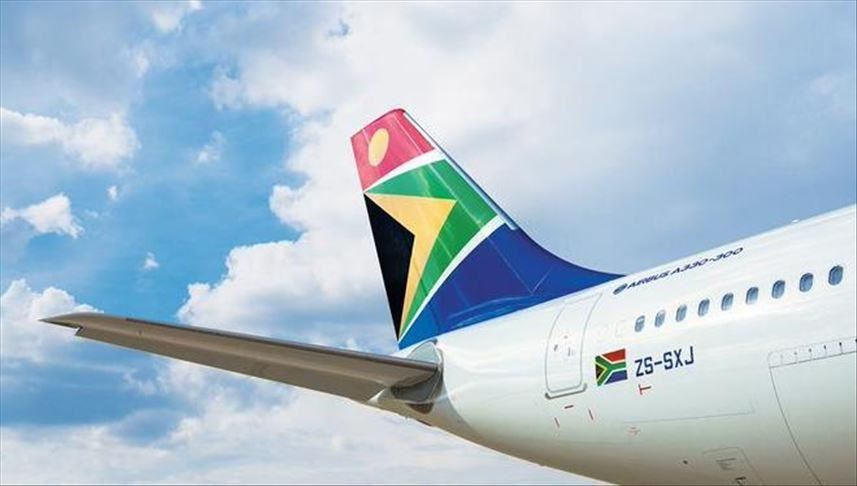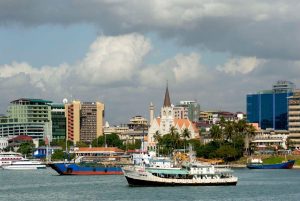South African national flag carrier South African Airways (SAA) has left a form of bankruptcy protection called a “business rescue” and was handed back to its executives.
After around 17 months of bankruptcy protection to address past sins, the once bloated airline is ready to get back to business after receiving R7.8 billion ($537.87 million) from the government.
After years of struggling to make a profit, South African Airways was placed under administration and ceased all operations in December 2019. In hindsight, it was probably the best thing as nobody knew what a devastating effect COVID-19 would have on the airline industry.
SAA is now solvent
A statement released by the administrators said that they had filed a notice of the implementation business rescue with the Companies and Intellectual Property Commission stating that SAA was now solvent. South African Airways is just one of many South African companies that rely heavily on government bailouts. To make the airline more efficient, the business rescue practitioners cut almost 80% of the airline’s workforce and reduced its liabilities with creditors and lessors.
Despite being overstaffed and inefficiently run for years, the government of South Africa still feels the need to have a state-owned airline. A source in the ministry responsible for SAA, the Department of Public Enterprises (DPE), told news outlet Reuters that the government was in final negotiations with a preferred equity partner.
“A purchase and sale agreement should be concluded in the next few weeks. This will enable capital, and much-needed technical and commercial expertise, to be brought in to ensure a competitive flag carrier emerges,” said the department.
Ethiopian Airlines to the rescue
Everyone assumes that South African Airways knight in shining armor will be the continent’s most successful and best-run airline, Ethiopian Airlines. Late last year, the suggestion was that the Addis Ababa Bole International Airport (ADD)-based airline was prepared to offer aircraft and crew to help get SAA flying again. In exchange for this, the Ethiopian airline wanted an equity stake in the reborn airline. What Ethiopian did not want was to take on any debt or be burdened with employee union issues.
In February of this year, Simple Flying reported that progress on forming a partnership was not progressing as well as Ethiopian would have liked. When speaking about the lack of progress, Ethiopian Airlines CEO Tewolde Gebremariam said:
“We are still discussing, but I would say it has not made the expected progress.”
There is no surprise when you have a private company that wants to turn a profit and a government that wants to provide jobs and opportunities for its citizens.
In related news, South African Airways’ low-cost subsidiary Mango, had to briefly suspend flights earlier this week over the non-payment of airport fees. At the same time, SAA’s technical arm announced plans to cut its workforce significantly. Mango and SAA’s maintenance arm were not included in last year’s 10.5 billion rand ($725 million) bailout.
Why do we need SAA?
Why the South African government feels the need to have a national airline defeats logic. At the moment, SAA has three 16-year-old Airbus A319-100s, one Airbus A330-300s, and eight Airbus A340s that nobody wants. This means that SAA will have to acquire new aircraft, and planes cost money even if you are only leasing them. The private sector has already taken up the slack regarding domestic flights, and internationally South African’s and visitors have a host of carriers to choose from.
The funding that has gone into bailing out a failing business could have been put to much better use, and frankly, I am surprised that the South African public is not outraged over the bailouts given to SAA.
Source: Simply Flying






